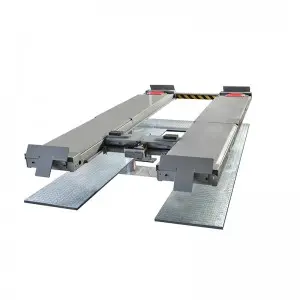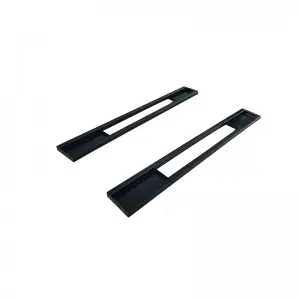Cylinders are one of the most interesting shapes known to man. These 3D objects with a curved side and two flat circular ends have been around since ancient times and have proved to be invaluable in various fields. From manufacturing to transportation, energy to healthcare, this article delves into the exciting world of cylinders, highlighting their applications, history, and types.
[Applications]

The Fascinating World of Cylinders: A Closer Look at their Applications, History, and Types
The applications of cylinders are vast and widespread. In the manufacturing world, cylinders serve as a critical component in the production of various goods. They are frequently used to machine parts, control fluid flow, or generate linear motion. In the energy sector, cylinders are employed in steam turbines, internal combustion engines, and hydraulic machines. They are also utilized in medical devices like oxygen tanks, aerosol cans, and blood pressure monitors.
Automotive and aerospace industries are two other areas where cylinders are essential components. The combustion chambers in internal combustion engines are cylindrical, which facilitates the smooth flow of gases in and out of the engine. Airplanes and spacecraft often use cylinders for propulsion and control, especially in engines that operate at high altitude.
[History]
The history of the cylinder can be traced back to ancient civilizations, where they were used for a wide range of purposes, including drinking vessels and containers for storing precious items like perfumes, oils, and medicine. The ancient Egyptians used cylindrical containers made of granite or diorite to store beer and wine. Similarly, cylindrical jars for storing grain and oil have been found in archaeological sites across Mesopotamia.

The Fascinating World of Cylinders: A Closer Look at their Applications, History, and Types
After the invention of the wheel, the cylinder began to be used in transportation. Ancient civilizations used wooden logs as rollers to move heavy objects, and later, the wheel was attached to the cylinder to make carts and chariots. As technology evolved, cylinders found their way into various fields, including architecture, engineering, and manufacturing.

The Fascinating World of Cylinders: A Closer Look at their Applications, History, and Types
In modern times, cylinders are utilized in virtually every sector of the economy, from medical devices to aerospace, manufacturing to transportation.
[Types]
Cylinders come in various shapes and sizes, with each type having distinct features and applications. Some of the most common types of cylinders include:
– Single-acting: These cylinders operate in one direction, using pressure on one side of the piston to create movement.
– Double-acting: These cylinders work in both directions, using pressure on both sides of the piston to create movement.
– Telescoping: These cylinders consist of cylinders of different diameters that slide into one another. They are commonly used in cranes, forklifts, and other equipment.
– Tandem: These cylinders consist of two cylinders connected end to end, which allows for double the force without increasing the cylinder’s size.
– Welded: These cylinders are designed to withstand high pressure and are often used in hydraulic systems.
– Tie-rod: These cylinders consist of several cylinders joined end to end by tie rods. They are used for heavy-duty applications like mining and construction equipment.
In conclusion, cylinders are fascinating objects with a rich history and varied applications. From ancient civilizations to modern times, these 3D shapes have played a vital role in shaping our world. They are essential components in diverse fields such as manufacturing, transportation, energy, and healthcare. With different types available, there is a cylinder for almost every application.quick car jack lift

